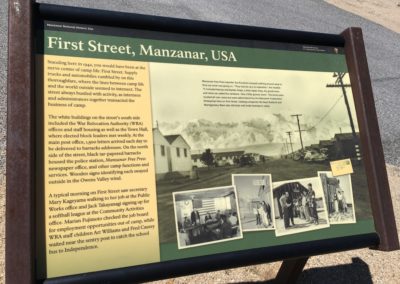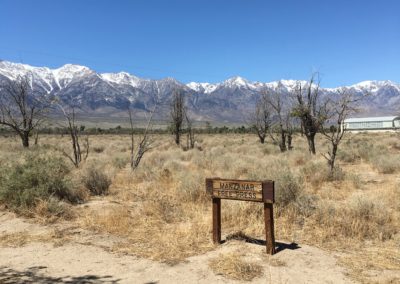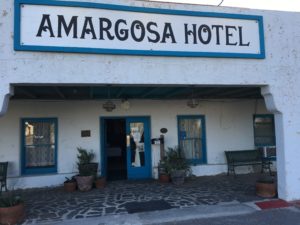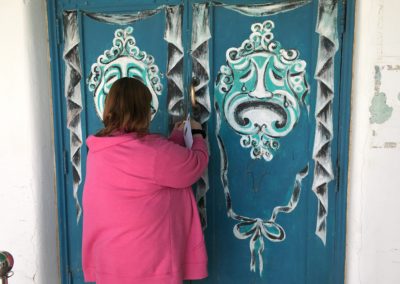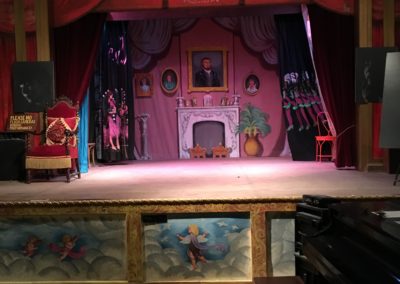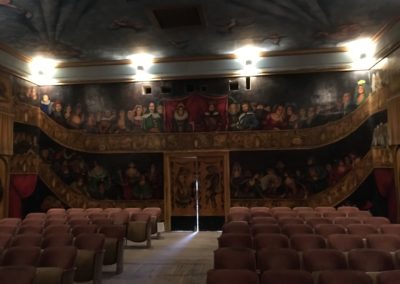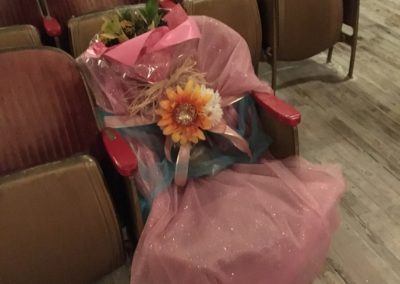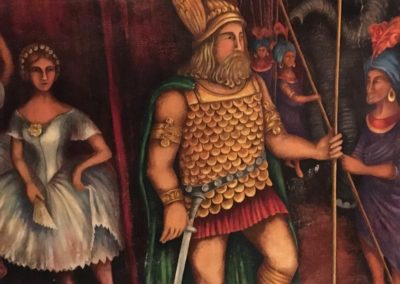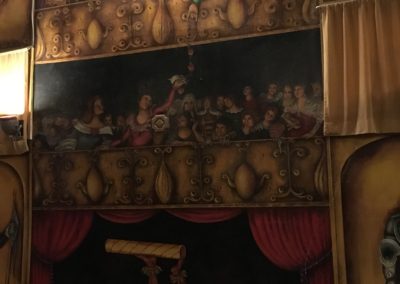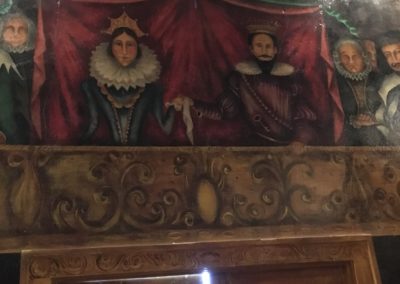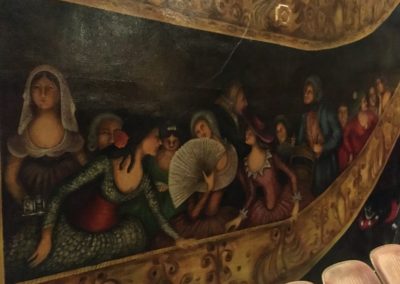April 17-18: Death Valley and the Amargosa Opera House
As we drove south on Rte 395 and east on 190 through the menacing landscape called Death Valley, we imagined the extraordinary hardships that pioneers, explorers, Mormons and gold rushers endured as they tried to reach the promised land. Snow-capped, treacherous mountain passes awaited them even if they survived crossing this relentless, desert that offered so little to sustain them. People had to be delusional to want to take this route on purpose.
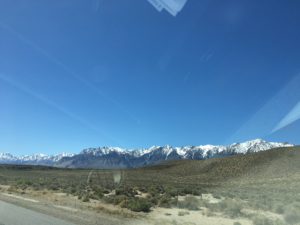
A formidable terrain
Along the way, we stopped to pay our respects at the bleak Manzanar internment campsite, one of 10 places where the nation’s Japanese-Americans were imprisoned in the middle of the desert during World War 2 without due process. https://www.nps.gov/manz/index.htm
Neighbors simply took over their houses and businesses as innocent Japanese-Americans were rounded up in a few days, following the Pearl Harbor attack by Japan, and forced to live under guard in these military camps. The camp layout included barracks with straw mattresses, bare lightbulbs, and communal latrines. They tried to imitate normal life here for three years, setting up schools, churches, housing, workplaces and other institutions. Some 11,070 Japanese-Americans came to live in Manzanar, in rough barracks with eight people living in each 20 by 25 foot room. The very first building, at the right of the entry guardhouse, was home of the “Manzanar Free Press,”a newspaper that also operated a general store and a barber shop.
We left the windswept remains of this sad history behind and drove into Death Valley National Park, an even more forbidding wasteland. At 282 feet below sea level, it is the lowest point in America. Luckily, because it was April, the temperature was only in the high 70s. Our 45-minute drive through the Artists Palette loop featured colorful mineral deposits splashing swirls of blue, green, red, yellow and orange in the sandstone. The place seemed utterly devoid of animals, plants, water, or shade. The mapless 19th century pioneers had to make impossible choices, following one guide or another through this deadly desert, in search of the “old Spanish road” through the mountains.
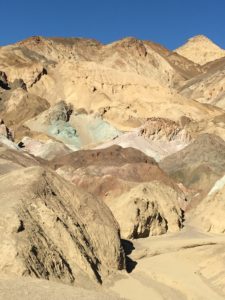
Artists’ Palette
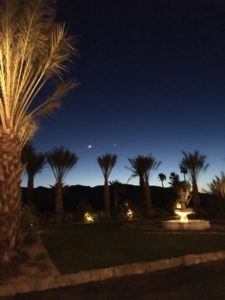
Aside from flash floods and wandering horses, Death Valley is easily traversed now by car, thanks to government roads and maps. There are no gas stations or stores, and only one or two places to buy food and water, including one rather upscale chain hotel where we encountered an attempt at fine dining, despite zero local food or water resources. We chose to sleep in a more modest spot, just outside the park, at Death Valley Junction.
The eccentric and colorful Amargosa Opera House and Hotel was a former borax miner’s dormitory, with 14 private hotel rooms for visiting mine investors. It remains a ramshackle establishment, hanging on to life in the middle of nowhere. It has plumbing and hot water, but otherwise there is no food, no town, no gas station, no houses, no people, or other civilization in Amargosa Valley to speak of. The nearest breakfast is at a seedy casino 7 miles down the road.
Marta Beckett, a Radio City Rockette, invented the place with her husband after their car broke down here in 1967. She had had a very sad life in New York. A talented ballerina, she had been declared too tall. Her mother said her husband no longer loved her because Marta had been born. This philandering father told Marta that she should never show herself on a public stage. Leaving this awful family behind, Marta decided to buy the ghost town of Amargosa Valley, with its abandoned hotel and social hall. She and her husband personally rebuilt the hall into a theater by hand, and restored the hotel rooms. She painted the elaborate murals, creating a permanent adoring 16th century audience on the walls that would always be smiling down at her, even if she was dancing all alone on the stage.
-
Unlocking the front door
-
The stage
-
The audience
-
Homage to Marta
-
Waiting to go onstage
-
Passing a love letter in the audience
-
The Spanish King and Queen
-
Nuns
-
Prostitutes
Marta, liberated from the precision conformity of the Rockette kick line, now performed her own theatricals, which she wrote, danced and sang exactly as she wished. Her husband had enough of this after a few years, and ran off with Marta’s best friend back in New York. Marta chose to rise above this new loss, spending the rest of her life dancing for serendipitous audiences who somehow managed to find her here. She even took up with the Falstaffian handyman, Thomas Willett, who was nicknamed “Willget” because when something needed fixing, he said “I will get to it later.” She put him on stage in funny costumes, as her comic foil. She died in 2017 at the age of 92, and the place is trying to hold on as a nonprofit cultural organization, booking musicians and artists from time to time.
We found the very basic Amargosa Opera House and Hotel to be remarkably clean and comfortable, and improbably, it was fully booked. Hopeful tourists from Europe and China were turned away all afternoon. It cost about $100 a night, with $10 extra to tour the extraordinary opera house, http://www.amargosa-opera-house.com/


